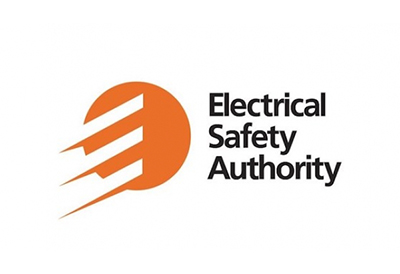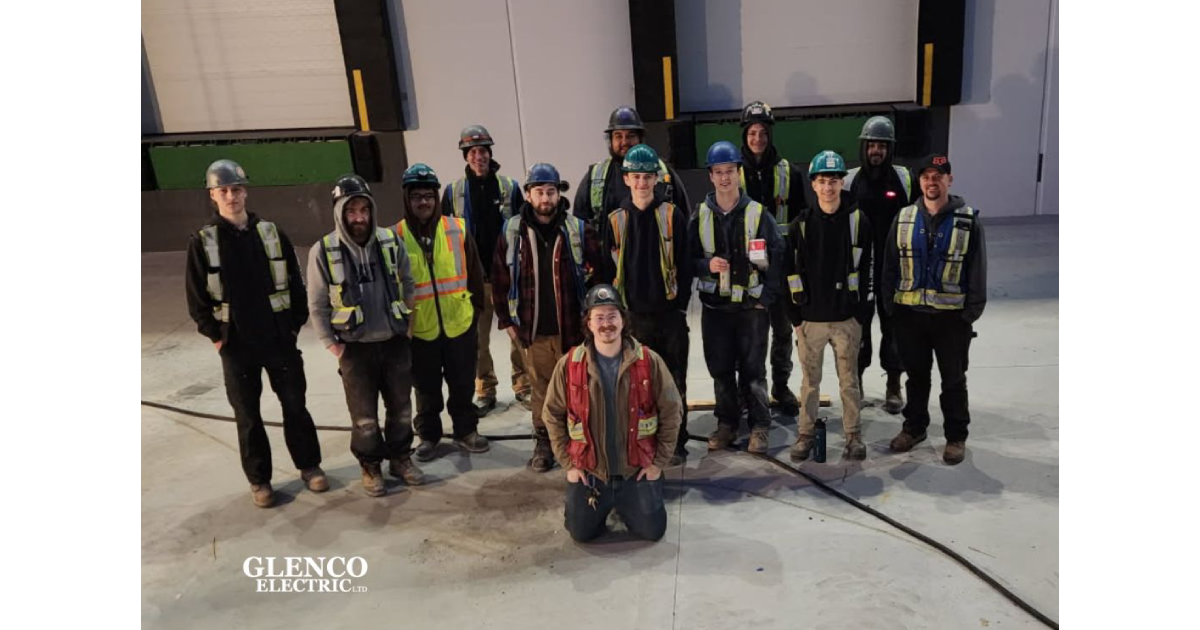Rutul Bhavsar, Electrical Engineering Student – Mohawk College

June 28, 2020
By Blake Marchand
Rutul Bhavsar is a final year Electrical Engineering student at Mohawk College. He recently co-authored a whitepaper on Mohawk College’s Joyce Centre for Partnership & Innovation discussing the technologies utilized in the state-of-the-art zero-carbon/carbon-neutral facility. Rutul was the lead author on the project, supported by Dr. Mariano Arriaga, General Manager of Mohawk’s Energy and Power Innovation Centre (EPIC) and Dr. Tony Cupido Research Chair, Sustainability at Mohawk College. Rutul’s interests lie in the more progressive areas of the industry, automation, control, and energy efficient technologies. It is no doubt a positive sign for the industry to have talented individuals such as Rutul who are passionate about contributing to a more sustainable future.
As someone who gained an interest in electronics and power tools from a young age, Rutul began his education in India where he earned his Bachelor of Technology in Biomedical Instrumentation from Ganpat University. While in the program he learned about the inner workings of medical devices and circuitry, devices such as patient monitors, syringe pumps, ventilators, and Cautery machines.
“For my final year group project,” he explains, “we proposed a supporting device which can be used for patients with partial or complete lower limb paralysis. My role in the group was to build the program required to control the servo motor of a model, as well as build an aluminium frame structure to support the patient using my skills in using hand and power tools.”
Following graduation, he began working in his field but wasn’t completely satisfied with the experience and the opportunities for advancement, so he decided to pursue Electrical Engineering.
“I started working towards preparing and getting into electrical or instrumentation program here in Canada,” he explains, “I looked into several different colleges and universities and the Electrical Engineering program at Mohawk College was the one that I found interesting. The main reason for selecting Mohawk, apart from the courses point-of-view, was the co-op program. It was very important for me to have some kind of Canadian work experience before I graduate to increase the probability of finding a job.”
In the interview below, Rutul discusses his passions and ambitions in the industry, his work on the Joyce Centre whitepaper and experience at Mohawk College.
What areas of the industry interest you most? Where do you hope to go with your career?
The areas that I’m interested in the most are automation and control, energy efficiency and sustainable technologies. When you look at the economic side of products, most of the consumers using any device require that the equipment they use to be controlled automatically or wirelessly one way or the other to save costs. There is also the importance of energy efficient devices, so now you see the industries designing and manufacturing these devices are focusing on improving their devices to keep them updated with current demand.
Also, we are still far away from inventing a device that can produce its own energy and replace conventional technologies. Thus, the only practical solution is to reduce or do minor changes into a product’s current design to reduce its energy consumption and make it more energy efficient. Due to this reason, I’m more interested in these areas.
Can you tell me a bit about how the opportunity for the whitepaper came up and what the experience was like overall? What were the challenges, was there anything unexpected that interested you?
In the 5th semester of this program, we can apply to be part of an applied research course. If you get selected, you are partnered with another student to work on providing a solution to an industry problem. I applied to this course and we were given an interesting problem from our industry partners. The project was to do a feasibility study and to design an off-grid renewable energy system to operate heavy duty cranes used to operate heavy gates. My role in the team was to calculate the system requirement for designing the system and create AutoCAD drawings of the finalized electrical design. The successful completion of this project led me to the opportunity to work on the whitepaper when I was hired to be part of the research lab that was overseeing the project.
It was a great overall experience, working on the whitepaper. Both Dr. Mariano and Dr. Tony Cupido are great teachers and supported me from start to finish. There were times when I was stuck and was not able to find certain information. It was them who pointed me into the right direction and helped me find the required information. Also, I am very thankful to Steve Jankus and Clyde Sterry, who provided me the important information for the building. I would say the whole Energy and Power Innovation Centre team is very supportive, everyone will help each other in any way possible to finish a task.
Challenges faced: when we started working on the whitepaper, most of the information related to the building was not public, as the building was fairly new and was still undergoing minor changes. Thus, it was very difficult to find any information related to it and was one of the major challenges. Also, being a one-of-a-kind building, the technologies were fairly sophisticated and to find information of such technologies used in other buildings for comparison was difficult.
What is interesting to you right now looking at the industry as a student – when it comes to new technologies, green technologies, trends etc.?
It is interesting to see how technology is becoming a major part of our daily life. We want every device to be communicating to each other and want to control most of them, if not all, just via touch. For example, phones, which not only start our day with an alarm, but can also be used to control several things at our home such as room temperature, window curtains, or, simply, coffee machines. Which eventually helps create more energy savings, while making our day more productive. Not only that, but it’s interesting to see that the use of energy efficiency rated devices are supported by the government through various programs to reduce its initial costs for installation.
Talking about building technologies, it’s exciting to see what is happening with automation and control. For some high-end buildings, the data from various equipment is monitored in real-time and gathered in a storage device for future changes in the control and better operation of these units. This is very important because we can forecast the consumption or use of a specific device in the building and can reduce or increase the load depending on the time of use. It results in a more comfortable indoor environment, efficient use of energy and can eventually provide us more savings. This can be further improved by incorporating the use of artificial intelligence in the control of this device.

Looking at the Joyce Centre whitepaper, what will be some of the keys in your opinion in making Net-Zero building technologies more widely utilized?
The technologies used in Joyce Centre are very sophisticated and advanced, which is also one of the major advantages when it comes to making a net-zero building. However, saying that, it might not be feasible to implement all the technologies used in this building in other buildings, due to various factors, such as geographic location and weather conditions. But we can learn about the requirements and its impacts of implementing such building technologies. This can help us in accurately selecting the combination of technologies which can be applied on various building designs, keeping in mind its geographic location and weather conditions for making even more energy-efficient buildings.
How has having access to a state-of-the-art facility like this impacted your post-secondary experience?
I feel really proud that we have this one-of-a-kind building in our campus. At the same time, I feel very lucky to have just enrolled in the right program at a right time and been provided with the opportunity I was given to work on a brand-new building. Also, learning in such a type of building has also impacted me psychologically as to how I use the energy and I try to be more conservative in using energy, which is a topic we sometimes just neglect to look into.
Apart from that, the labs in the electrical engineering program also use a lot of energy just for learning purposes. But, looking from an environmental perspective; it feels good to know that the energy that we use for our labs comes from a renewable energy source, by using it we are reducing the load on the grid.

















